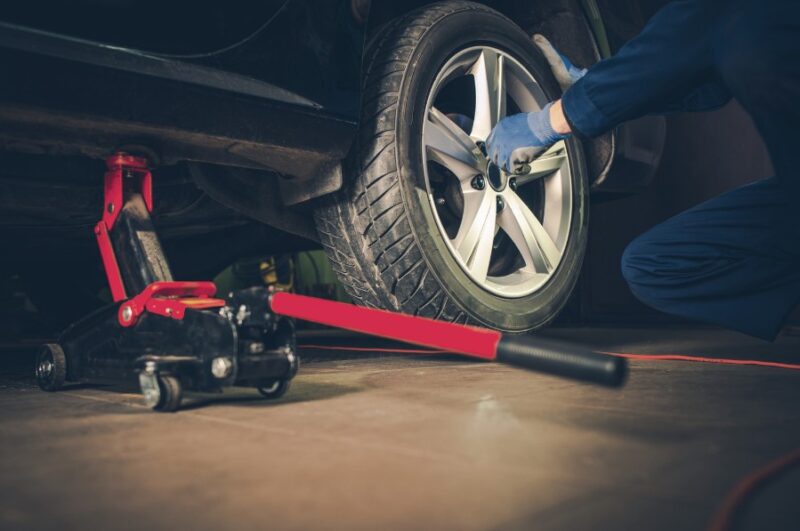Tire maintenance is vital to prolonging the life of your tires and maintaining vehicle safety. Regular tire rotations are a key aspect of tire maintenance, as they ensure even tire wear and can help maintain traction, improve fuel efficiency, and prevent blowouts. The intervals at which this service should be performed can vary based on the vehicle, but it is typically recommended every 5,000 to 8,000 miles.
The cost of tire rotation can be influenced by several factors. These include the type of vehicle you drive, the service provider you choose, and any additional services you may require during the rotation. It’s important to consider these variables to understand the pricing strategies of different auto shops. Seasonal swaps and the presence of directional tires can also impact the cost of rotation.
Seasonal swaps involve changing between winter and standard models, while directional have a specific pattern that must be followed. Both scenarios can require additional labor, affecting the overall service cost.
Common Service Intervals
Service intervals for rotation are typically suggested by vehicle manufacturers. These guidelines are designed to maximize the lifespan and performance of your tires. Adhering to these intervals is a proactive approach to the maintenance that can save money in the long run by preventing premature wear.
Vehicle-Specific Guidelines
Every vehicle has unique requirements when it comes to rotation. These guidelines take into account the vehicle’s design, weight distribution, and the manufacturer’s recommendations. Following these specific guidelines is crucial for maintaining the integrity and safety.
Auto Shop Services
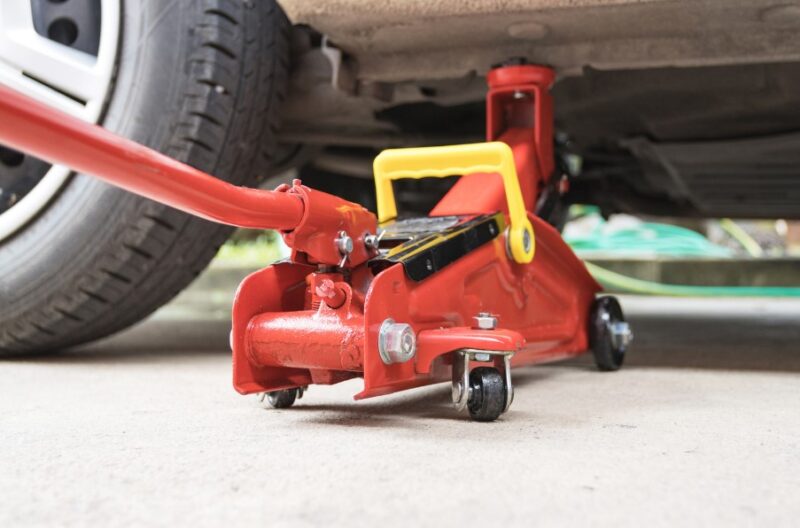
Auto shops often offer a range of services, including wheel alignment, balancing, and inspection of brakes and suspension systems. These services can be packaged with a tire rotation, sometimes at a discounted rate, offering a comprehensive approach to vehicle maintenance.
Pricing Strategies for Auto Shop Services
Pricing strategies and related services can vary widely among auto shops. Some may offer a flat rate, while others may charge based on the type of vehicle or tire. It’s essential to understand these pricing strategies to make informed decisions about where to have your tires rotated. The best way to save some money is to learn more about the prices of tires and additional services.
| Service / Product | Average Price Range |
|---|---|
| Rotation Service | $20 – $80 for a set |
| FWD Service | $30 – $50 |
| Rotation & Balance | $60 – $112 to $72 – $132 |
| Average Cost(Full Set) | Around $600 |
| New Set of Four | $400 – $1500 depending on type and vehicle |
| SUV (Median Cost) | Approximately $650 |
| Pickup Truck / Minivan(Median Price for Four) | Around $750 |
| General Pricing for New Products | $50 – $150 each for inexpensive, $100 – $300 each for moderately priced, $300 – $1000 each for high-end |
Flat Rate vs. Variable Pricing
Auto shops may offer a flat rate for tire rotations, providing a simple and predictable cost structure for customers. Conversely, variable pricing can depend on the type of tires, vehicle model, and any additional services required.
Comparison Shopping for the Best Deal
It’s wise to compare prices between different service providers. Some may offer promotions or bundled services that can reduce the overall cost of tire rotation and other maintenance services.
Seasonal Swaps – An Added Expense
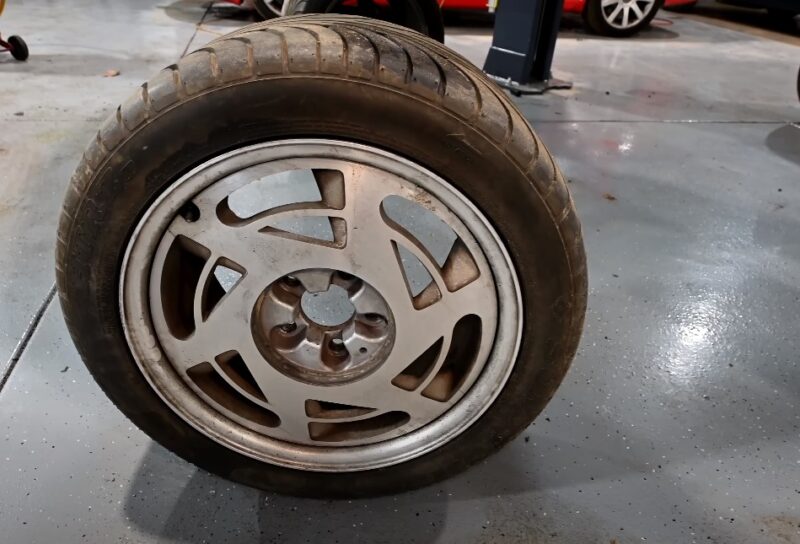
In regions with severe winter weather, seasonal swaps are necessary for safe driving. This service is typically more complex and time-consuming than a standard rotation, leading to higher costs. When budgeting for seasonal swaps, consider the additional time and labor required, especially if your vehicle is equipped with TPMS (Tire Pressure Monitoring System), which may need to be recalibrated with each swap.
Directional Tires and Rotation
Directional models are designed with a specific tread pattern that optimizes performance in one direction. This design can affect how tires are rotated, as they must remain on the same side of the vehicle to maintain the correct rotational direction.
Rotation Patterns
Rotating directional tires often requires a more complex pattern than non-directional options. This can influence the cost, as the rotation process may involve additional steps to ensure the they are positioned correctly.
DIY Tips to Reduce the Costs
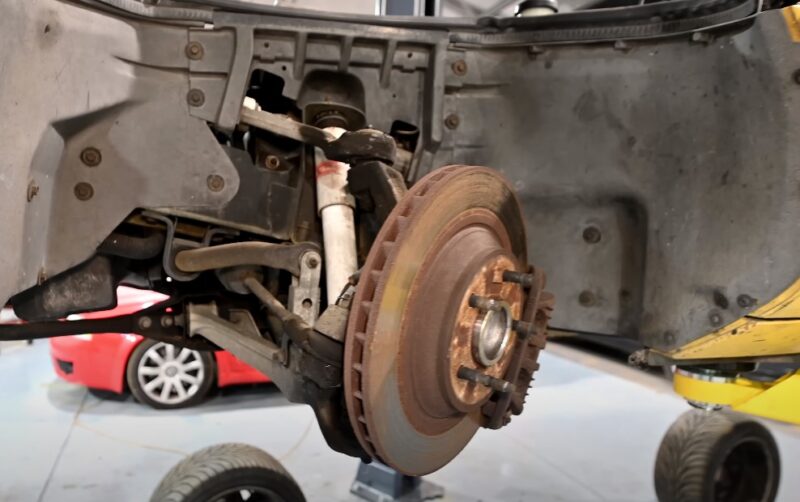
For those looking to save on costs, performing a DIY rotation is an option. This requires a jack, jack stands, a lug wrench, and knowledge of the correct rotation pattern for your vehicle. Following these steps carefully is essential to ensure safety and proper performance.
Safety Measures
Safety should be the top priority when performing a DIY rotation. This includes ensuring the vehicle is securely lifted, using the correct tools, and following all steps thoroughly to avoid injury or damage to the vehicle.
DIY Change Instructions
| Step | Instruction | Tools Needed |
|---|---|---|
| 1 | Park your car on a flat surface and apply the parking brake. | None |
| 2 | Place wheel chocks around the tires that you won’t be changing to prevent the car from moving. | Wheel chocks |
| 3 | Loosen the lug nuts on the tire you’re changing but do not remove them completely. | Lug wrench |
| 4 | Use the jack to lift the vehicle until the tire you’re changing is off the ground. | Car jack |
| 5 | Remove the lug nuts and take the tire off the car. | Lug wrench |
| 6 | Mount the new tire onto the wheel base. | None |
| 7 | Hand-tighten the lug nuts onto the new tire’s bolts and then tighten them diagonally with the lug wrench to ensure even pressure. | Lug wrench |
| 8 | Lower the car back to the ground using the jack and then finish tightening the lug nuts with the wrench. | Car jack, lug wrench |
| 9 | Check the tire pressure and inflate the new tire to the appropriate PSI as indicated for your vehicle. | Tire pressure gauge, air compressor or pump |
How Regular Rotations Extend Duration?
The rotations are a preventive measure that can significantly extend tire life. By alternating positions on the vehicle, you promote even wear, which prevents the rapid deterioration of tread on one tire over others. This not only extends the life of the tires but also maintains optimal handling and fuel efficiency.
The Cost Benefit of Routine Rotations
While there’s an additional cost for routine rotation services, the long-term savings can be substantial. Regular rotations can prevent the need for premature replacements, which can be quite expensive. Therefore, investing in periodic rotations can be economically advantageous, as it spreads the cost of wear more evenly over time.
Impact on Rotation Cost
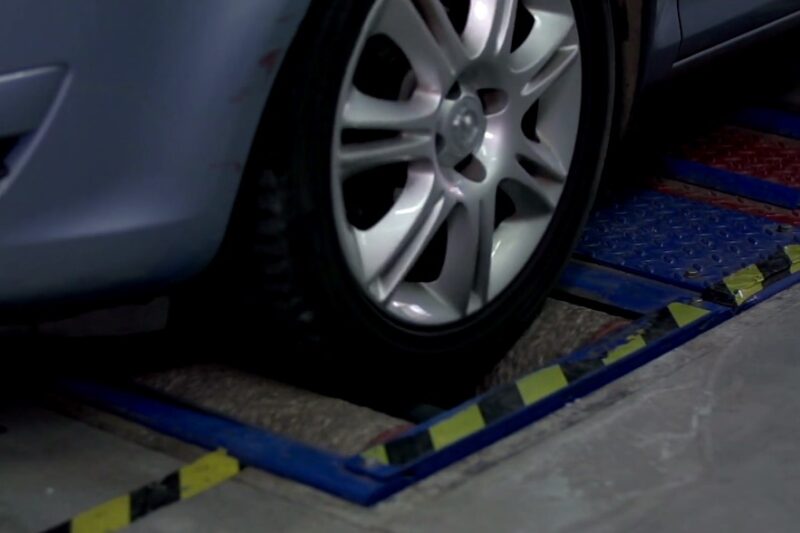
The type of tire—whether non-directional or directional—affects the rotation process. Non-directional tires can be moved to any position on the vehicle, while directional tires must stay on the same side. This distinction can affect rotation cost, as directional tires may require more labor to reposition correctly. High-performance tires, often found on sports cars or high-end vehicles, may come with a higher rotation cost.
These tires sometimes have specific requirements that necessitate a more careful or intricate rotation process, adding to the service time and, consequently, the price.
Warranty and Insurance Coverage
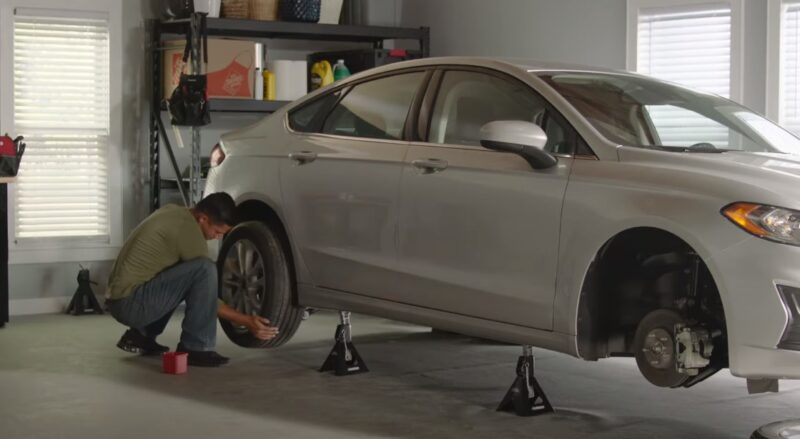
Some tire manufacturers offer warranties that include complimentary rotations. This can be a significant cost-saving aspect, as it ensures the service is performed by professionals without additional expense.
Insurance and Maintenance Packages
Certain car insurance policies or extended warranties might cover routine maintenance, including tire rotations. It’s prudent to review your policy details to see if such perks are included, as this could influence where and how often you opt for tire rotation services.
FAQs
Can I get a discount on tire rotation if I purchase new tires?
Many tire retailers offer complimentary tire rotations as a part of the purchase package when you buy new tires from them. It’s a common industry practice to encourage customers to return for maintenance. Always ask about this possibility when buying new tires.
How long does a typical tire rotation service take at an auto shop?
A standard tire rotation typically takes about 30 to 45 minutes to complete. However, if you’re also getting other services done simultaneously, such as an oil change or wheel alignment, it will take longer.
Is it necessary to rotate tires on all-wheel-drive vehicles?
Yes, all-wheel-drive (AWD) vehicles benefit just as much from tire rotations as other vehicles. AWD vehicles can experience uneven tire wear due to the distribution of power to all four wheels, making regular rotations important for maintaining even tread wear.
Will rotating my tires affect my vehicle’s alignment?
Rotating your tires should not affect the alignment of your vehicle. However, it’s often recommended to check the alignment periodically, and especially if you’re experiencing uneven tire wear, as this could be a sign of alignment issues.
Can I perform a tire rotation myself without going to an auto shop?
Yes, if you have the necessary tools and knowledge, you can perform a tire rotation at home. It’s important to follow the correct rotation pattern for your vehicle and to adhere to all safety protocols when lifting and supporting the vehicle.
How do I know which tire rotation pattern to follow for my vehicle?
The tire rotation pattern can depend on several factors, such as whether your tires are directional, non-directional, or if your vehicle is front, rear, all, or four-wheel drive. Consult your vehicle’s owner manual or a professional technician for the recommended pattern.
Last Words
Tire rotation is a fundamental aspect of vehicle maintenance that shouldn’t be overlooked. The cost can vary, but the value it provides in terms of safety and tire longevity is indispensable. By understanding the variables that affect the cost, such as vehicle-specific guidelines, type of tires, and the need for additional services, you can make informed decisions that ensure your vehicle remains in top condition without unnecessary expense.
Remember to weigh the cost against the benefits of extended tire life, safety, and performance, and always consider the expertise and reliability of the service provider.
